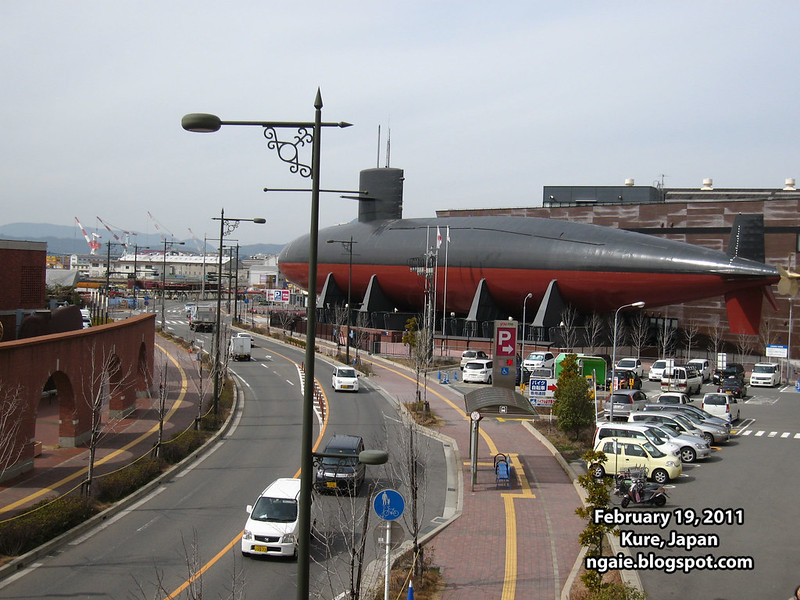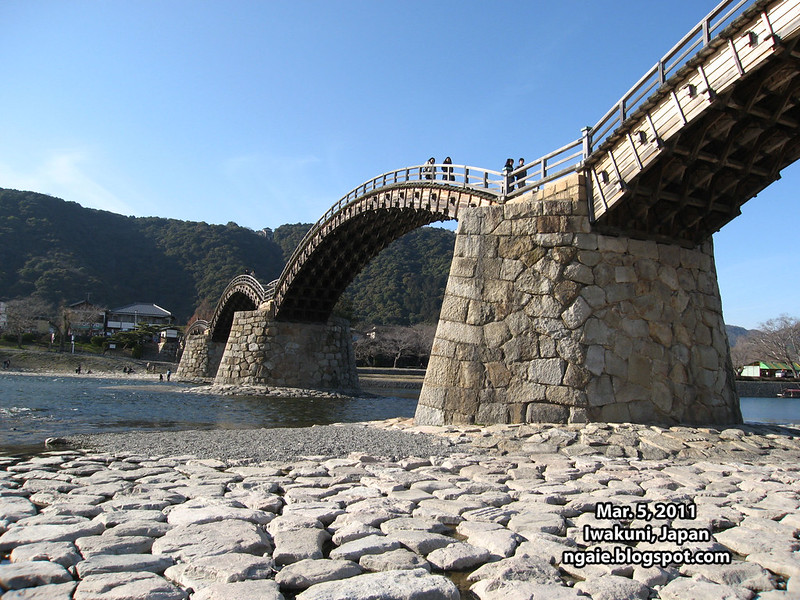Originally we wanted to drive across the Seto Ohashi Bridge (瀬戸大橋) from Okayama (岡山) to the island of Shikoku (四国) but we wanted to see the scenery of the Inland Sea from the bridge and since the weather was not cooperating with us on the day we wanted to go (it was cloudy), we choose to instead drive to neighbouring Yamaguchi Prefecture (山口県) from where we lived in Higashi-Hiroshima (東広島) in Hiroshima Prefecture (広島県).
It was hard to find tourist attractions worth visiting in Yamaguchi Prefecture, but after looking at some travel magazines at the local Tsutaya, a book and video rental store, we decided to visit Hagi city (萩) and then Yamaguchi city (山口市).
Yamaguchi city, the capital of Yamaguchi Prefecture, also known as "Kyoto of the West" in the tourism propaganda.






